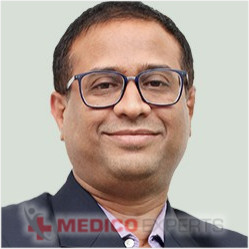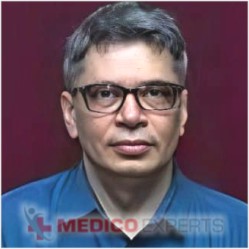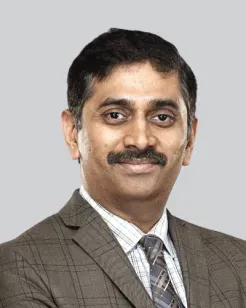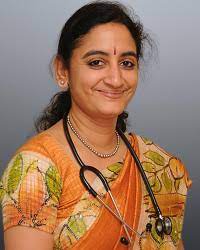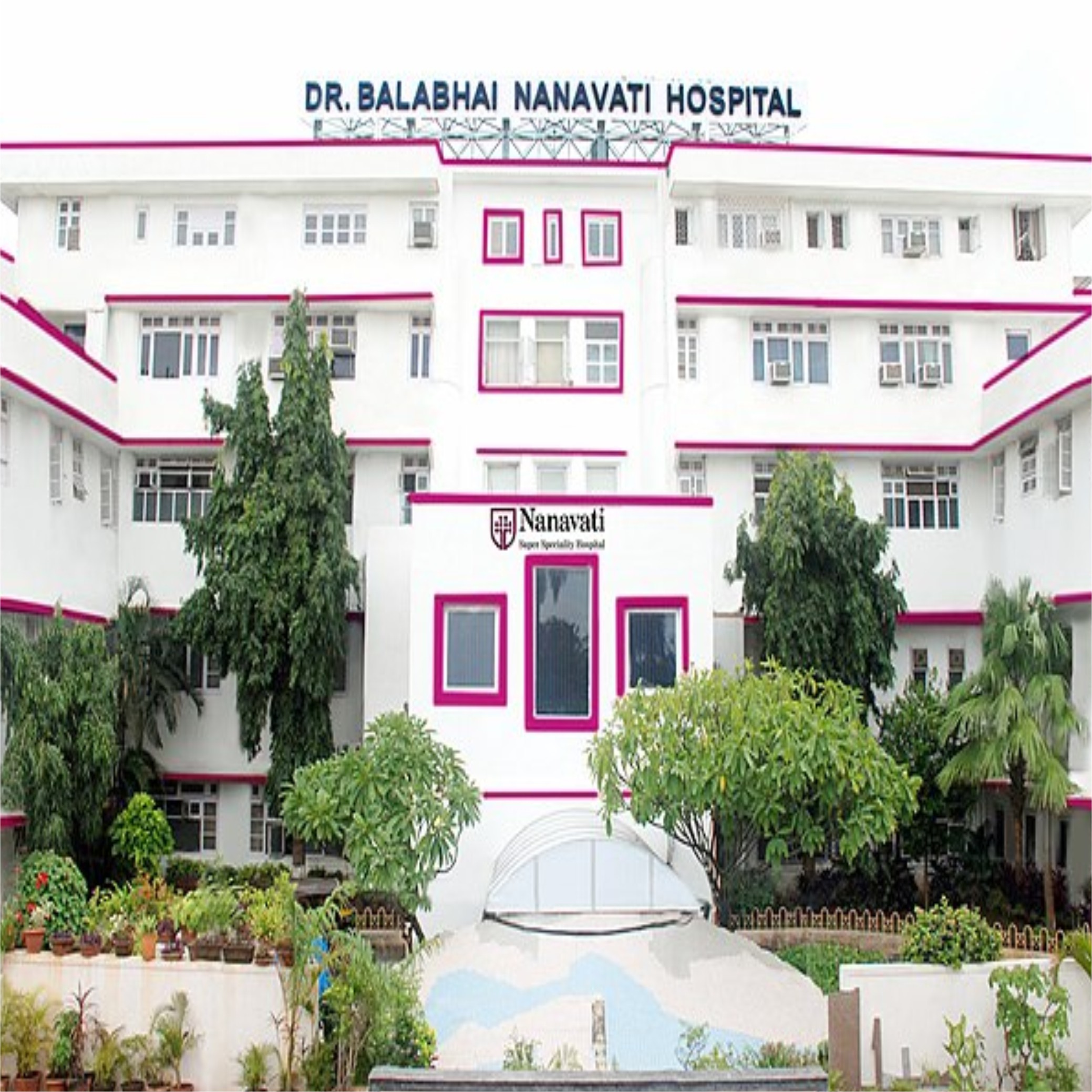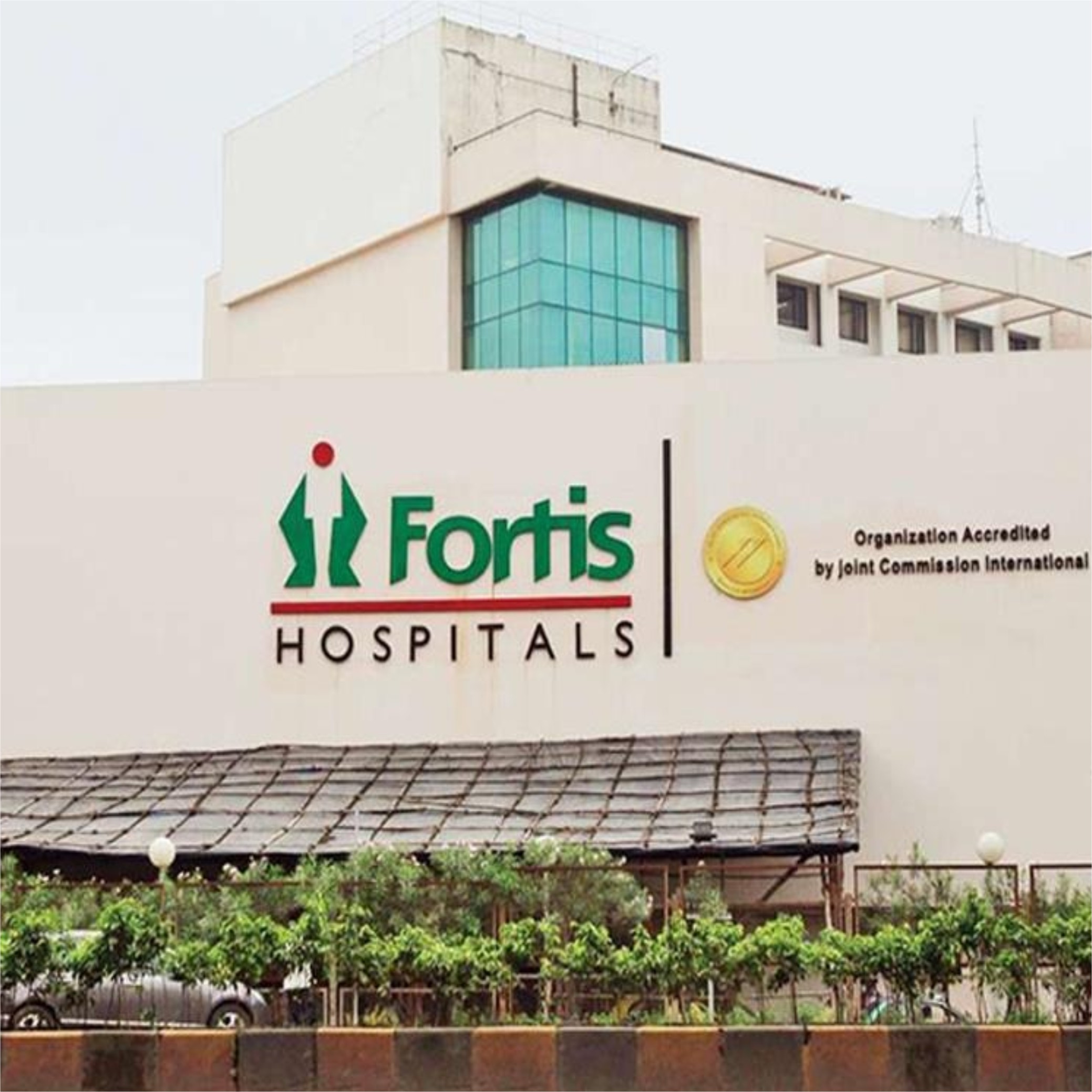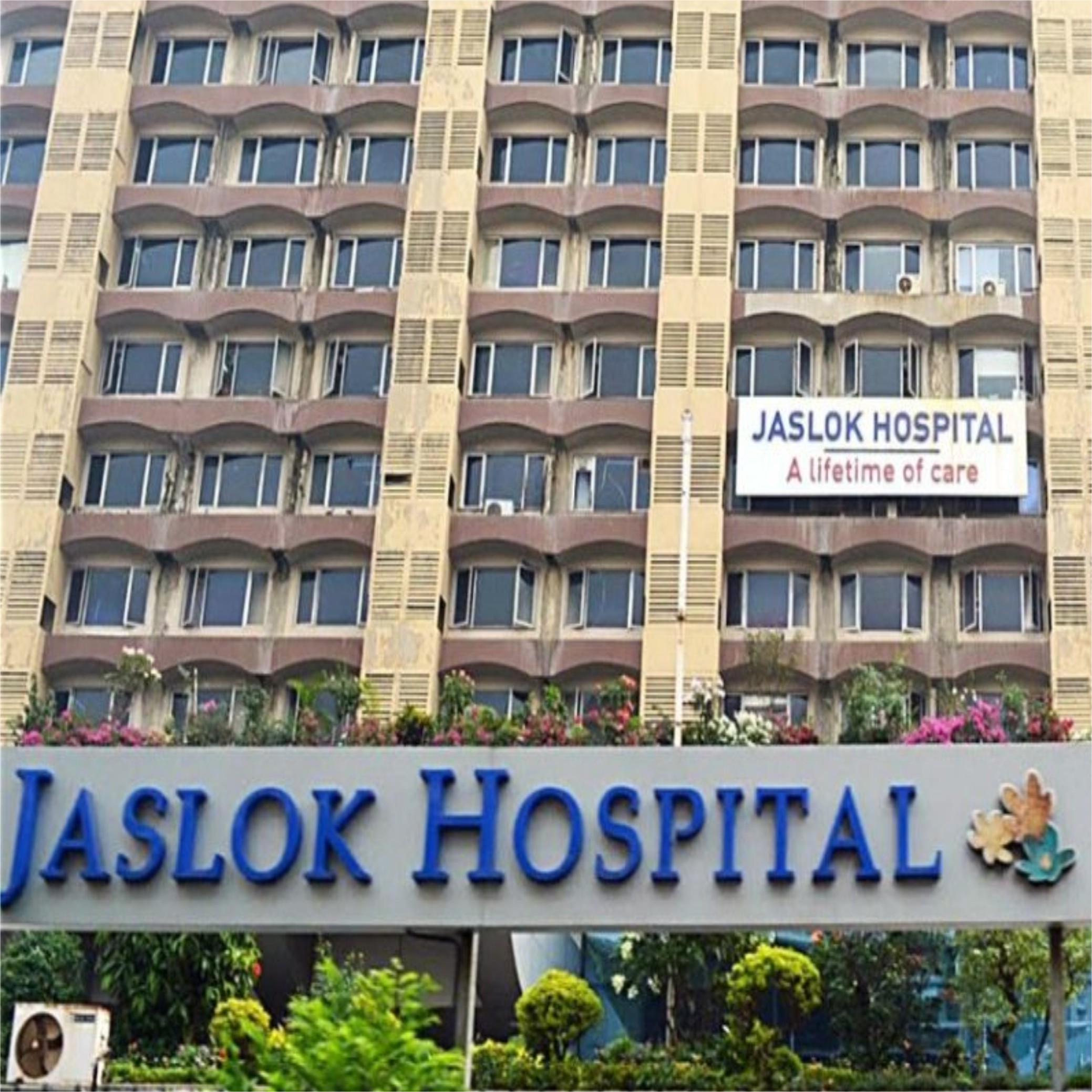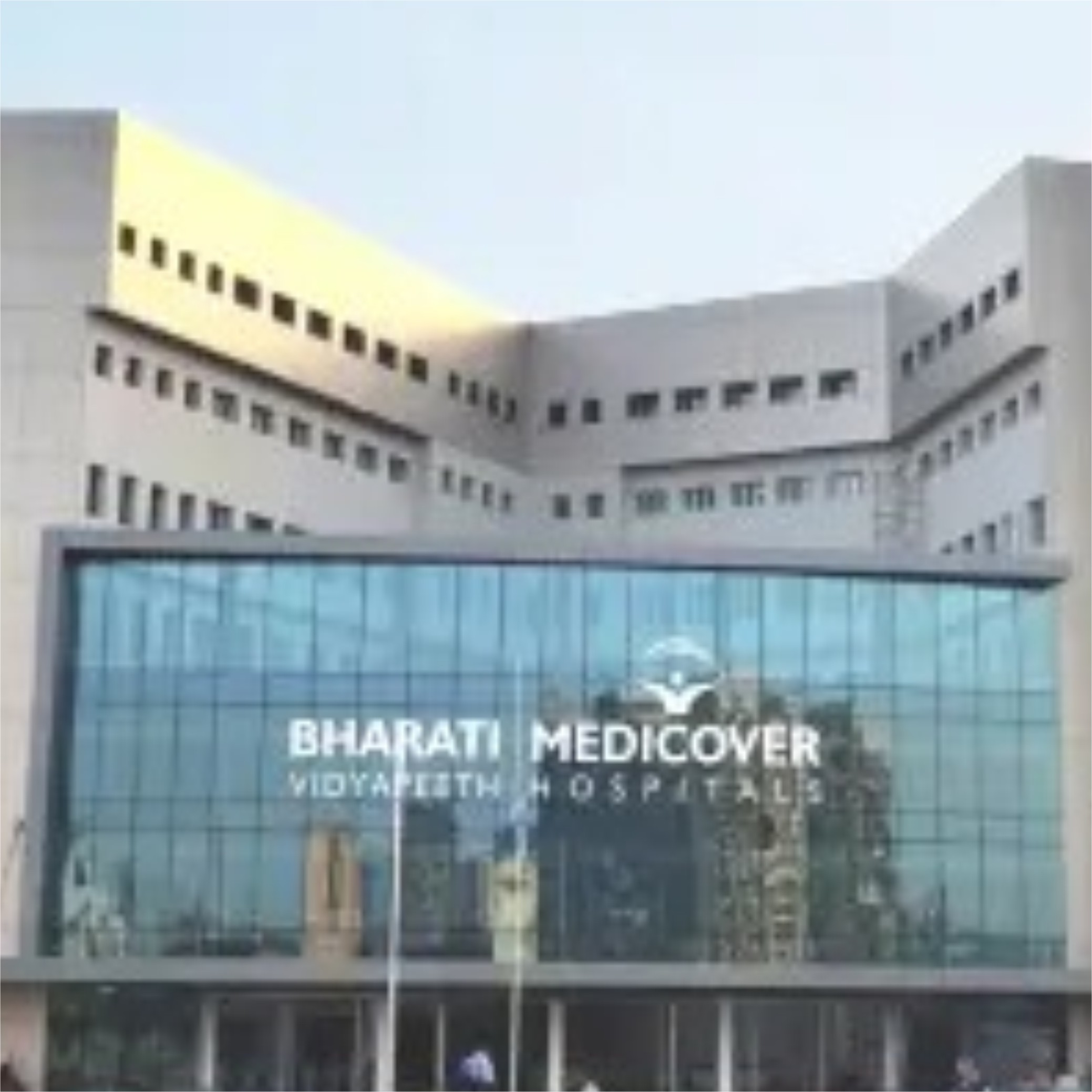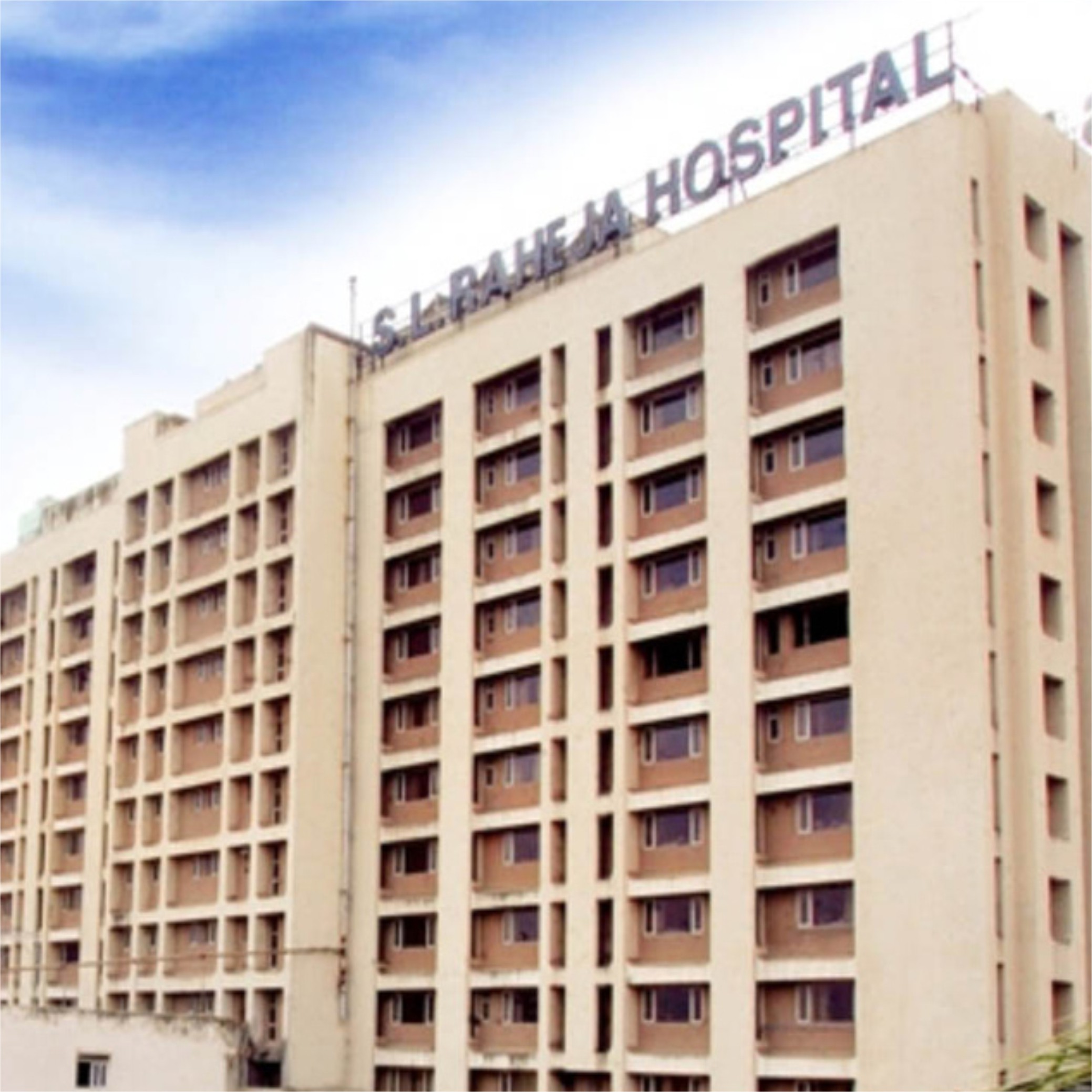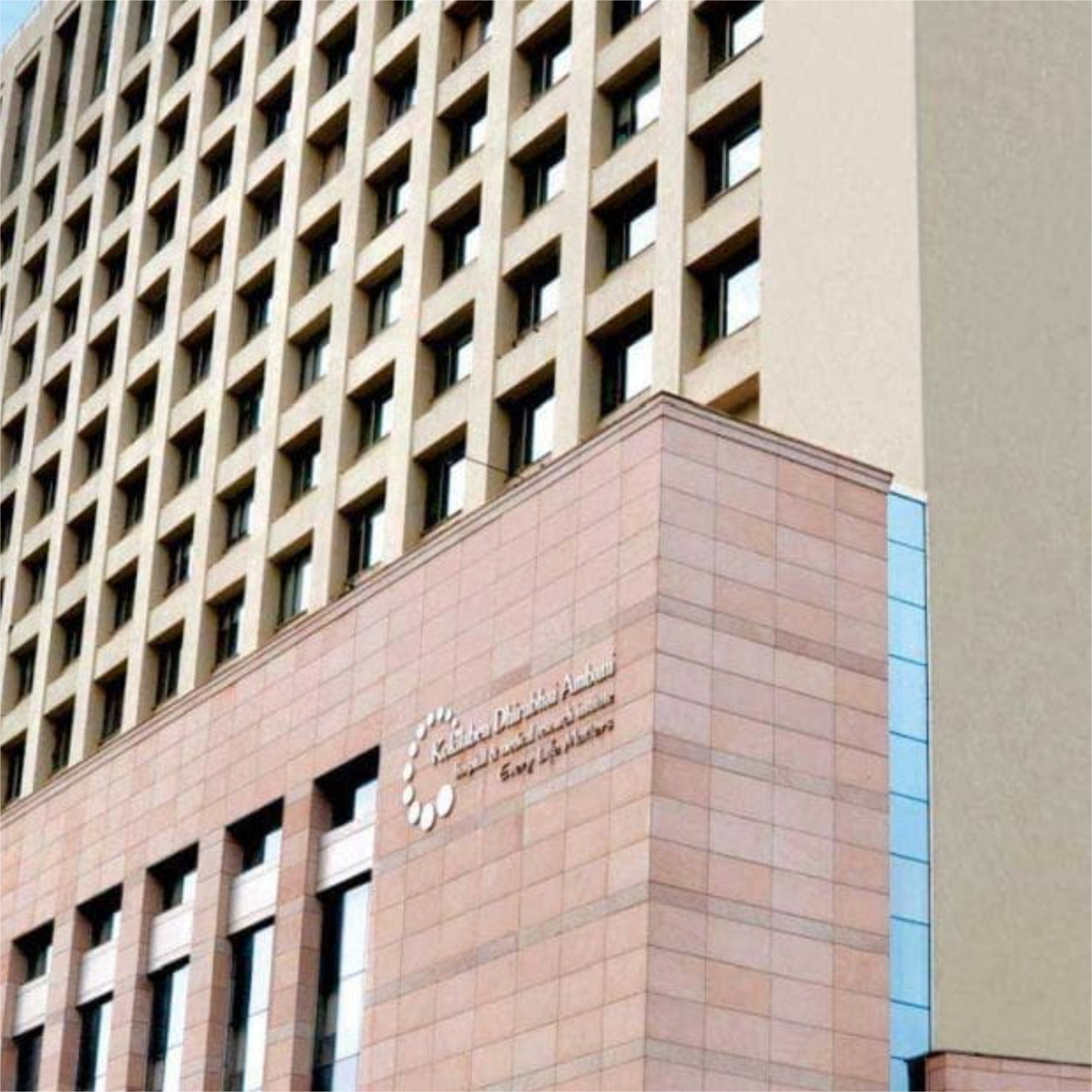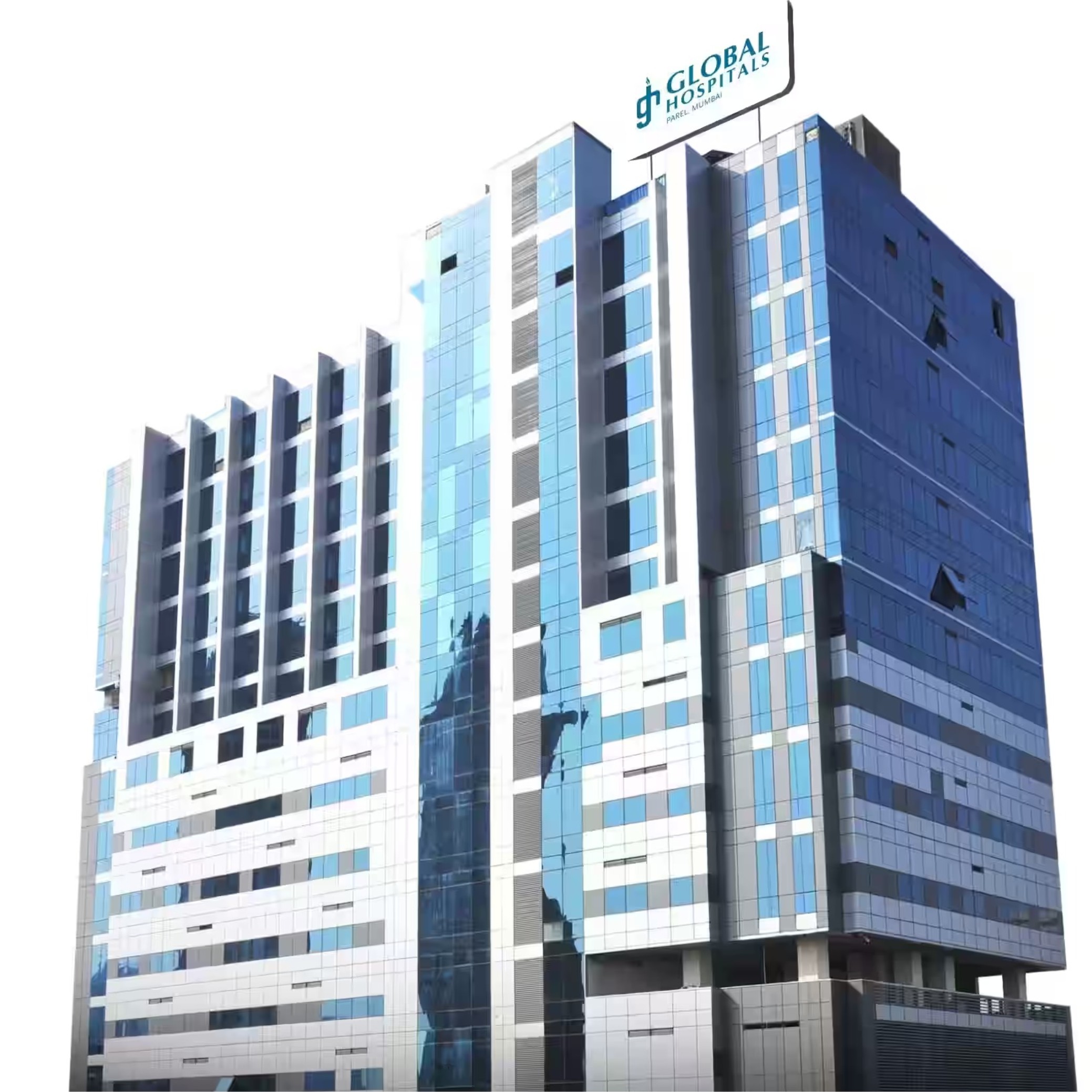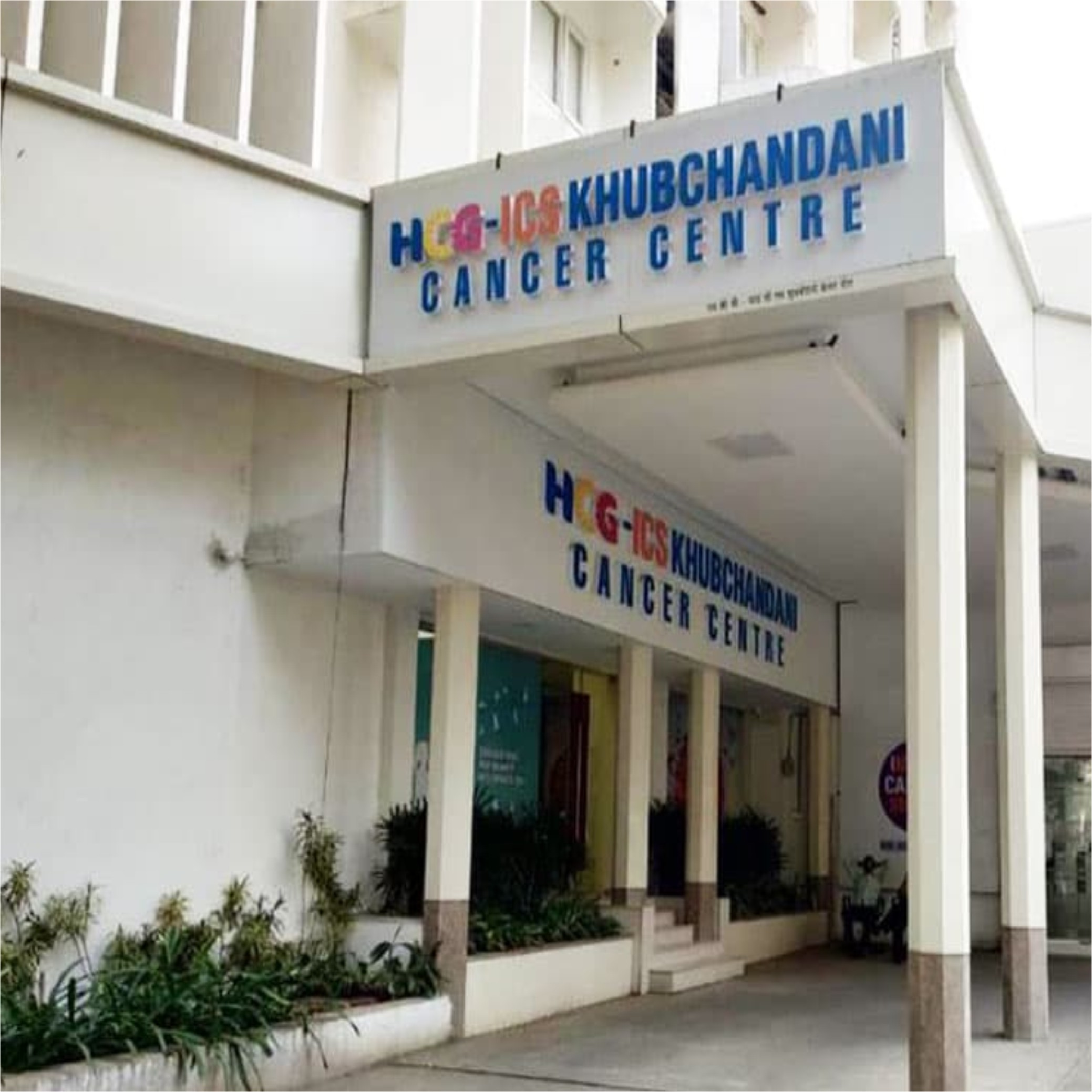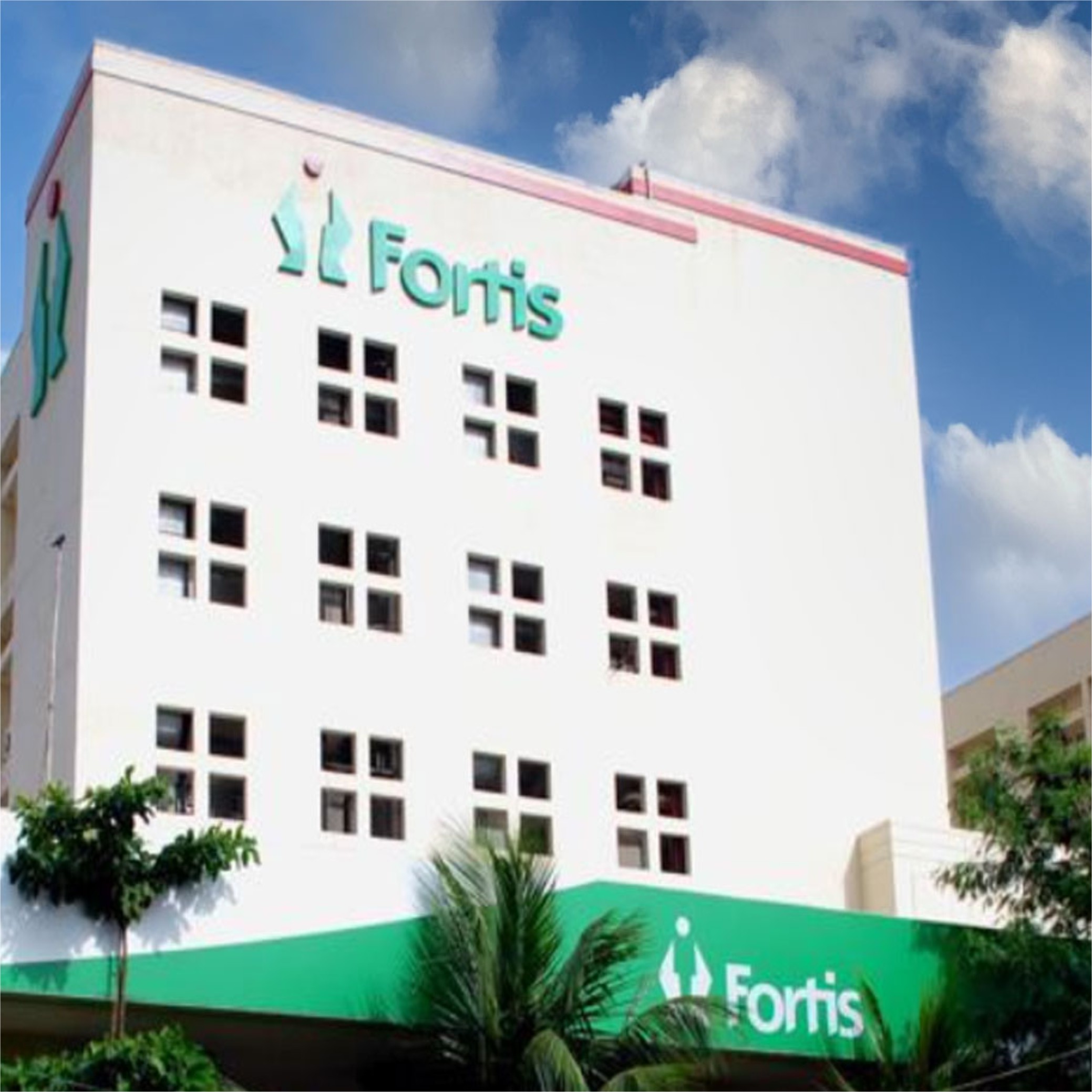Sickle Cell Anemia Treatment in India with Bone Marrow Transplant
Are you concerned about your child’s sickle cell anemia and the pain she undergoes despite taking medicines for her disease?
Your worry ends now.
With the advancement of technologies, Sickle cell diseases are now curable with advanced bone marrow transplants. A few decades ago, Sickle cell disease was an illness that used to last for a lifetime.
Sickle Cell Anemia Treatment in India can decrease symptoms and prolong life. A bone marrow transplant has come as a new ray of light and is the only cure for sickle cell disease.
Before moving forward, Let’s first understand what sickle cell anemia is.
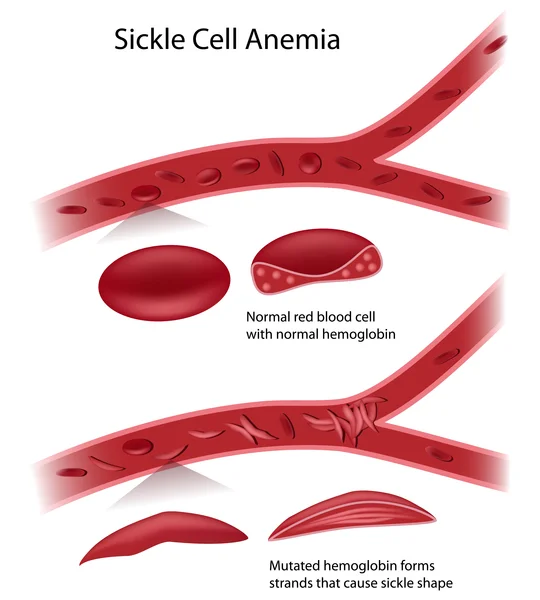
What is Sickle Cell Anemia?
Sickle Cell Anemia is a genetic blood disorder where there are inadequate normal types of red blood cells that are necessary to deliver oxygen in the body. People with sickle cell disease have abnormal protein in their red blood cells.
Let us know how red blood cells in sickle cell anemia become deformed and live for less time as compared to normal blood cells.
The shape of the cell becomes deformed in sickle cell anemia, becoming stiff and crescent-shaped (or sickle-shaped). The sickle-shaped red blood cells easily break apart, causing anemia. That is the reason sickle blood cells cannot function appropriately and suffer premature death (they live only 10-20 days instead of the standard 120 days).
Around 5% of the global population has trait genes for hemoglobin disorders, primarily sickle-cell disease and thalassemia. Every year, over 300,000 babies are born with sickle cell anemia. In Africa, sickle-cell disease is the most common.
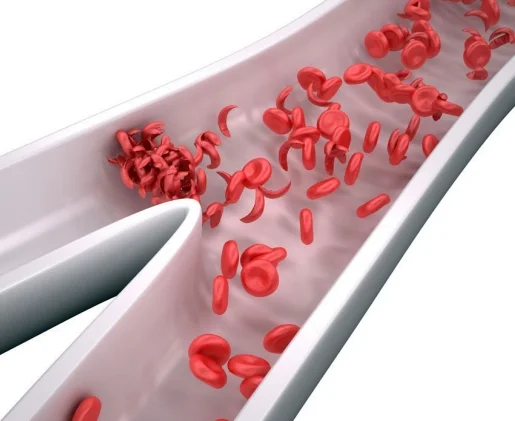
What are the different types of Sickle Cell Disease?
Hemoglobin is the oxygen-carrying protein in red blood cells. It usually consists of two alpha and two beta chains.
Different mutations in these genes cause the four main types of sickle cell anemia:
Hemoglobin SS disease is the most common form of sickle cell disease. You get it when you receive a copy of the hemoglobin S gene from each parent (Hb SS). People with this severe type of SCD also have the most severe symptoms.
The second most common type of sickle cell disease is hemoglobin SC disease. When you inherit the Hb C gene from one parent and the Hb S gene from the other, you get this condition. Hb SC patients have symptoms that are similar to Hb SS patients. The anemia, on the other hand, is not as severe.
The production of beta-globin genes is affected by hemoglobin SB+ (beta) thalassemia. As there is less beta protein production, the size of the red blood cell shrinks. Hemoglobin S beta-thalassemia is caused by inheriting the Hb S gene. The symptoms aren’t as bad.
The fourth type of sickle cell disease is sickle beta-zero thalassemia. The beta-globin gene is also involved in the disease development. It has symptoms that are similar to Hb SS anemia. The symptoms of beta zero thalassemias can, however, be more severe at times. It has been linked to a worse prognosis.
These types of sickle cell disease are uncommon, and their symptoms are usually mild.
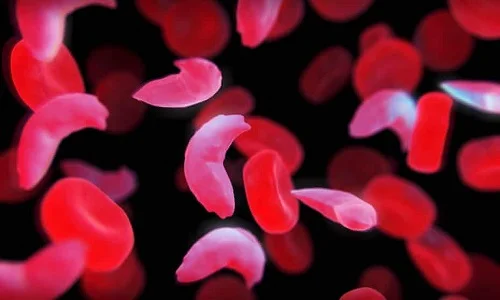
What is Sickle Cell Trait (SCT)?
SCT patients inherit one sickle cell gene (“S”) and one normal gene (“A”) from one parent and one sickle cell gene (“S”) from the other. This is referred to as the sickle cell trait (SCT). They usually do not show any signs of the disease, and lead normal lives, but they can pass down the trait to their children.
What are the signs and symptoms of Sickle Cell Anemia?
The indication of sickle cell disease is not evident until the child is four months or older. Early symptoms of sickle cell disease include inflammation of the hands and feet; anemia symptoms, including exhaustion or severe fatigue; and jaundice.
Over time, sickle cell disease can cause complications like illnesses, delayed development, and pain episodes, called pain crises. Most kids with sickle cell disease are pain-free in between crises. In cases of youth and adults, there can be chronic, continued pain. Over a lifetime, the spleen, brain, eyes, lungs, liver, heart, kidneys, penis, joints, bones, or skin can be affected by sickle cell disease.
Sickle cell disease can be easily diagnosed by a blood test. The blood test will reveal whether you have sickle cell disease or sickle cell traits. This will help to plan for further treatment protocol.
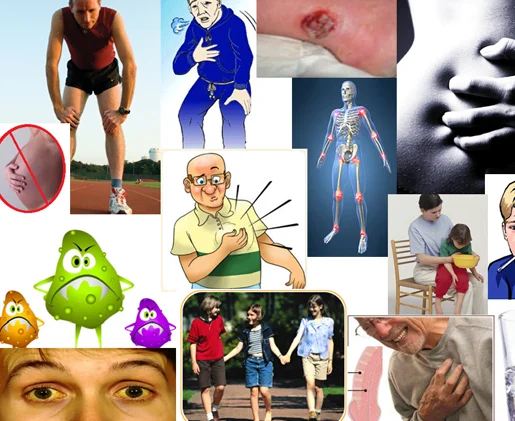
What complications can arise from Sickle Cell Anemia?
Sickle cell anemia can cause different types of complications such as:
Red Blood Cells (RBC) deficiency causes anemia. Sickle cells are easily broken. Chronic hemolysis is the term for the breakdown of RBCs. RBCs have a lifespan of about 120 days. Sickle cells can only live for 10 to 20 days.
When the sickle-shaped RBCs block blood vessels in the hands and feet, it leads to swelling.
On the developmental aspect, individuals with SCD are typically slow in their growth. They are usually shorter but start growing and, therefore, catch up by the age of five. Pubertal development may also be affected. This is because sickle Cell RBCs cannot deliver sufficient oxygen and nutrient supplies as required in the body processes.
The heme (a component of hemoglobin) contained in erythrocytes becomes fragile and forms long rods, which are dangerous since the sickled cells may obstruct the blood arteries that supply oxygen to the developing child’s brain, leading to fits and or stroke or even coma.
Sickle cells can block capillaries or small blood vessels going to your eyes. This may lead to impaired vision because the retina which is at the back of the eye and is still responsible for creating the vision is destroyed.
Your spleen may be damaged by sickle cells, making you more susceptible to infections. Vaccinations and antibiotics are commonly given to infants and children with sickle cell anemia to prevent potentially life-threatening infections like pneumonia.
One of the most common symptoms of sickle cell anemia is pain crisis. Pain occurs when sickle-shaped red blood cells block blood flow to your chest, abdomen, and joints through tiny blood vessels. Bone pain is also a possibility.
The pain can range in intensity and last anywhere from a few hours to several weeks. Some people only have a couple of pain crises per year. Others suffer from a dozen or more pain crises every year. A hospital stay is required in the event of a severe pain crisis.
Chronic pain affects some adolescents and adults with sickle cell anemia, which can be caused by bone and joint damage, ulcers, and other factors.
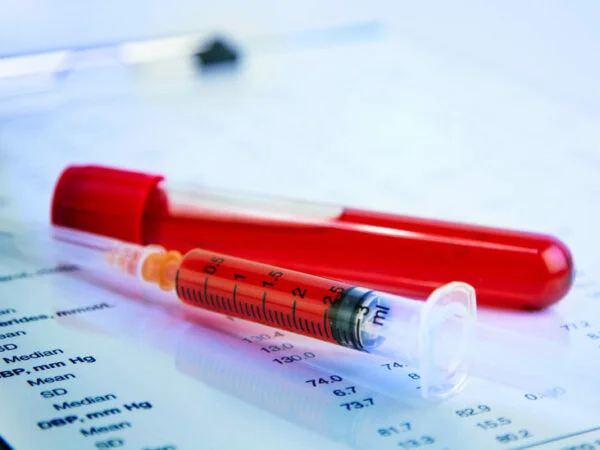
How is Sickle Cell Disease diagnosed?
Sickle cell disease originates from genetic causes but can only be confirmed with the help of laboratory tests.
Sickle Cell Disease (SCD) offers the possibility of diagnosis through a blood test.
The most frequent time when it is diagnosed is when the baby is still in the hospital, and some common screening examinations are being conducted. It is also important to note that sometimes, SCD can also be diagnosed before a child is born.
What are the treatment options for Sickle Cell Anemia?
Since children with SCD are at higher risk of infections and other illnesses, it is ideal that kids with the condition be identified early and treated.
These are antibiotics, analgesics, and specific medicines: People with anemia of sickle cell must take due care and use these medications selectively and with the recommendation of their doctors.
Transfusions increase the volume of a routine, circulating RBC population, which is useful for the management of anemia. While in an emergency, it might be tempting to wait and give blood only once when the child is in a severe state, new guidelines show that giving regular blood can reduce the occurrence of stroke in children with sickle cell anemia in situations where they are prone to getting a stroke.
The measures for administering childhood vaccinations are necessary to prevent diseases for all kids. However, for children affected with sickle cell anemia these vaccines are much more crucial because, in children with sickle cell anemia, infections can be severe.
Whenever you breathe with the aid of a breathing mask, oxygen is supplied to the blood more and it is easier to breathe. If a patient is experiencing an acute chest syndrome or any sickle cell crisis, it is most probably helpful.
A bone marrow transplant helps your body receive new cells or replace the ones that make red blood cells. This means that your body will not produce the disease-causing ‘sickle-shaped’ cells again, it will not produce them at all.
In this procedure, a doctor requires healthy cells from a donor’s bone marrow and injects them into your body, generally in one of your veins through an IV tube. The cells go into your bone marrow once inside and begin to create healthy blood cells.
Bone marrow transplantation is the most effective treatment protocol in treating sickle cell disease (SCD). For a patient to have the greatest opportunity for a successful transplant, a well-matched donor is required.
Blood and bone marrow transplants in India are effective in approximately 90% of instances involving children related to the recipient and matched with HLA (human leukocyte antigen). Medication is administered to avoid rejection of the transplanted bone marrow.
To know more, please visit the bone marrow transplantation page
Current advancements in the management of Sickle Cell Anemia
Certain advancements in diagnostic and treatment protocols have brought heme chip and Optia System. Heme Chip is in use for SCD detection and Optia for further steps in cure.
Innovation has led to the creation of a highly sensitive blood screening device for Hemoglobin screening which goes by the name HemeChip. It can be run on battery and is an innovation of Hemex Health. It usually conducts tests like hemoglobin typing from the blood sample which is taken using a pinprick. This portable technology produces relatively fast and accurate results in about 8-10 minutes, and the test results are transferable through a wireless connection. Increased flexibility and accurate results of disorders such as sickle cell anemia are some of the benefits.
CAST (CRISPR-P-associated transposase) is a new technology in genetic engineering from the MIT Broad Institute and Havard University. It involves the introduction of large pieces of DNA in an organism wherein through such techniques, realistic ideas of employing gene therapy can be implemented.
Essential management techniques in SCD include the application of the Spectra Optia blood separating system. A single study found that the application of this technique can safely reduce RBC pack use by 16% per time in a series of exchanges for patients with SCD. Safety was monitored in a pilot study with 50 SCD patients and 300 exchange sessions, and the main participants were adults.
Cost of Sickle Cell Anemia Treatment in India
Sickle cell treatment cost in India depends upon the treatment advised according to the patient’s condition.
The sure-shot way of treating sickle cell disease is by undergoing a bone marrow transplant. The cost of bone marrow transplantation in India starts from 15000 USD ( 12,00,000 INR) and depends on the type of bone marrow transplantation.
Doctors evaluate to determine the best-suited approach. A preliminary evaluation is a must to determine the condition and to propose the best-suited treatment.


Sickle Cell Treatment Success Rate in India
With the novel approach of bone marrow transplantation, the success rate of sickle cell disease has risen as high as 90% amongst our patients. There is a 95% success rate in patients who had HLA ( an antigen for matching samples before transplantation) identical sibling bone marrow transplantation in sickle cell disease (SCD).
Patient Testimonial
Sickle cell anemia had become a cause of constant concern and pain for our family, with the relentless pain crises and hospitalizations taking a toll on each of us. But then we found MedicoExperts, and life has never been better! It started with just an inquiry to see if there might be a permanent cure for Tasha, when one fine day I was told about a bone marrow transplant. MedicoExperts explained the process and took over the entire planning – from arranging each small thing to helping us get visas for coming to India for Tasha’s transplant. The professionalism with which they handled every single detail was so impressive that it left me speechless. When my son Eddy turned out to be a fully matching donor for Tasha’s bone marrow, everything finally fell into place, and after seeing both of them recover at an unbelievable pace post-transplant I cried in joy!!
~ Tasha’s father Musika


Takeaway
Sickle cell anemia can be a life-threatening disease with major complications affecting different organs of your body. Besides, SCD may have diseases ranging from respiratory illness to neurological ailments as its symptoms.
Repeated blood transfusions or drugs may not help you in the long run.
Sickle cell anemia treatment in India is a life-saving and pain-relieving procedure that will relieve you. The assured and tried method to treat sickle cell disease is receiving a bone marrow transplantation.
MedicoExperts will help you in all possible ways to cure your or your dear one’s sickle cell anemia with the help of a bone marrow transplant.
So what are you waiting for? Get the best treatment from MedicoExperts for the treatment of sickle cell anemia through bone marrow transplant in India.
Frequently Asked Questions (FAQs):
Q1. Can a sickle cell patient live long?
Researchers determined that the overall life span of patients with SCD was 52 years. It is 56 years for females and 49 for males.
Q2. How does sickle cell anemia affect your life?
The sickle cells that are lodged in blood vessels cause blockage in the organs reducing blood and oxygen supply to the organs. Blood in sickle cell anemia is also low in oxygen to support the patient’s body system. These constrictions reduce the flow of oxygen-rich blood and if not effectively treated, can lead to nerve and organ damage including the kidneys, liver, and spleen.
Q3. What should sickle cell patients avoid?
You need to be active but should not engage in strenuous activities that make you breathless. You should refrain from alcohol and smoking – alcohol tends to drain the body of water and smoking leads to a flare of acute chest syndrome.
Q4. Is sickle cell anemia painful?
Sickle cell anemia presents a strong pain that occurs in episodes, characterized as pain crises. Pain occurs because sickle-shaped red blood cells cause blockage of blood flow in small blood vessels in the chest, abdomen, and joints. The pain is not constant and might differ from a few hours to a few days if it is severe.
Q5. Does sickle cell get better with age?
Old people are likely to develop other complications like chronic lung disease besides painful leg ulcers.
Q6. What foods should sickle cell patients eat?
Sickle cell patients are advised to take a folic acid-rich diet, foods containing iron and vitamin C, and foods containing potassium, among others.
It is noted that there is a poor nutrition status of patients with SCD due to low protein energy, mineral, and vitamin densities in foods that they consume. Nutrition may be influenced by socioeconomic status meaning that the ability of a given individual to access healthy food is limited by his economic status. It is also recommended that patients with SCD consume a healthy, well-balanced diet with quality calories, fiber, and nutrients, which is low in added sugar, saturated fat, and sodium.
Q7. Is sickle cell life-threatening?
Acute chest syndrome is a severe and potentially fatal respiratory complication. It can lead to pneumonia, respiratory insufficiency, and oxygen deficiency in the rest of the organs, and tissues. It is a complication of SCD and it happens when sickle-shaped cells prevent blood and oxygen supply to your lungs.
Q8. What organs are affected by sickle cell anemia?
The complications may affect the function of the liver, heart, kidneys, gallbladder, eyes bones, and joints. It is generally ascribed to the malfunction of the sickle cells and their inability to pass through the small vessels.
Q9. Can sickle cell be cured?
Only stem cell or bone marrow transplants can cure sickle cell anemia. Each type of stem cell originates from special cells that are produced by bone marrow – this is a spongy substance that is located inside some bones. They are often transformed into various forms of blood cells.
Q10. Why do SCD patients need blood transplants from donors?
Since SCD patients are suffering from defective RBC presence in their blood, an autologous transplant may not be an option for them. They need HLA-matched donor for their transplantation.
Best hospital for Sickle cell treatment in India
Sickle cell treatment hospitals in India are equipped with the latest technologies, innovative infrastructure, and a team of expert doctors and specialists who are high-qualified to provide comprehensive care. Here is a list of the top hospitals in India for sickle cell treatment.

MedicoExperts is a Global virtual hospital which is established to offer quality healthcare services at affordable pricing without compromising the success rates of the treatment.
MedicoExperts is having a network of highly experienced super specialist doctors and well equipped hospitals across the globe and offering second opinion through online video consultation and surgical interventions through its empanelled super specialist doctors at its network hospitals in 17 countries from 3 continents.
By the virtue of its approach and model, MedicoExperts is successfully achieve to deliver
- Latest and most advanced treatments with success rates of international benchmarks.
- Multiple cost options depending upon the hospital facilities, with the same doctor.
- Treatment option in multiple cities/state/countries.
- Trust and peace of mind.
Most suitable for patients who are looking for:-
- Planned Surgeries and treatment from most experienced doctors and at multiple cost options as per hospital facilities with best possible outcomes.
- Second Opinion from expert doctors.
- Complex cases involving multi specialities
- International patients looking for treatment from Indian doctors
Recommended Articles For You
- https://pubmed.ncbi.nlm.nih.gov/30747440/
- https://www.ncbi.nlm.nih.gov/pmc/articles/PMC8727719/
- https://www.ncbi.nlm.nih.gov/pmc/articles/PMC10487642/
- https://www.ncbi.nlm.nih.gov/books/NBK566466/
- https://www.ncbi.nlm.nih.gov/books/NBK537130/
- https://ashpublications.org/blood/article/129/11/1412/35895/The-penny-has-dropped-for-sickle-cell-disease
Recommendations To Understand Different Treatments
Autologous Bone Marrow Transplant
Every year, thousands of patients facing blood cancers and other life-threatening diseases turn to autologous bone marrow transplants as a beacon of hope. Autologous bone marrow transplants are…..Read More
Allogeneic Bone Marrow Transplant
Are you aware that an allogeneic bone marrow transplant is a highly effective treatment for blood cancers and genetic blood cell diseases? It has become the standard therapy for these conditions, offering…..Read More
Low Cost Bone Marrow Transplant In India
Do you know 95% of patients miss the opportunity to save money on Bone marrow transplants in India? Though a Bone marrow transplant is a permanent solution for blood cancer and blood disorders, it is…..Read More
Medically Reviewed By MedicoExperts Editorial & Clinically Review Board On 3 July 2024

Author Bio:
Dr. Khushbu Jain is a dedicated professional with a passion for advancing healthcare through cutting-edge treatments. She has a special interest in researching regenerative medicine and advanced treatment for diseases that are difficult to treat with conventional treatment options. Her deep understanding of these progressive treatments allows her to offer patients personalized and effective solutions for a variety of health concerns.



